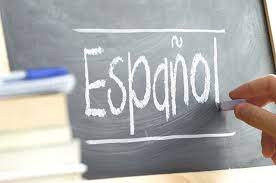Meet the Ñ - a true symbol of the Spanish language.
Ñ (eñe) is the seventeenth letter of the Spanish alphabet, which does not exist in the international Latin order.
This letter was born from the need to represent a new sound, nonexistent in Latin.
In the different Romance languages, a different spelling was established to represent Latin consonant groups such as gn, nn or ni. In Italian and French, gn, in Catalan ny, and in Portuguese, nh.
Medieval Castilian Spanish chose two identical letters "nn", which were usually represented in abbreviated form by a single “n” with a wavy line above it. Thus was born the ñ.

For example, the original Latin annus (year), became “año”.
This wavy line is called "tilde", a name also given to the graphic accent.
Its name is feminine: “la eñe” and its plural, “eñes”.
The eñe was also adopted by the Galician language.
How do you pronounce it?
It’s pronounced, approximately, like the “ny” in lanyard or the “ni” in onion.
Some words with ñ
- España - Spain
- Montaña - Mountain
- Caña - Cane
- Piña - Pineapple
- Moño – Bow, ribbon

There are many interesting things in this language. Continue learning Spanish on our site.
Subscribe and receive the news in your e-mail